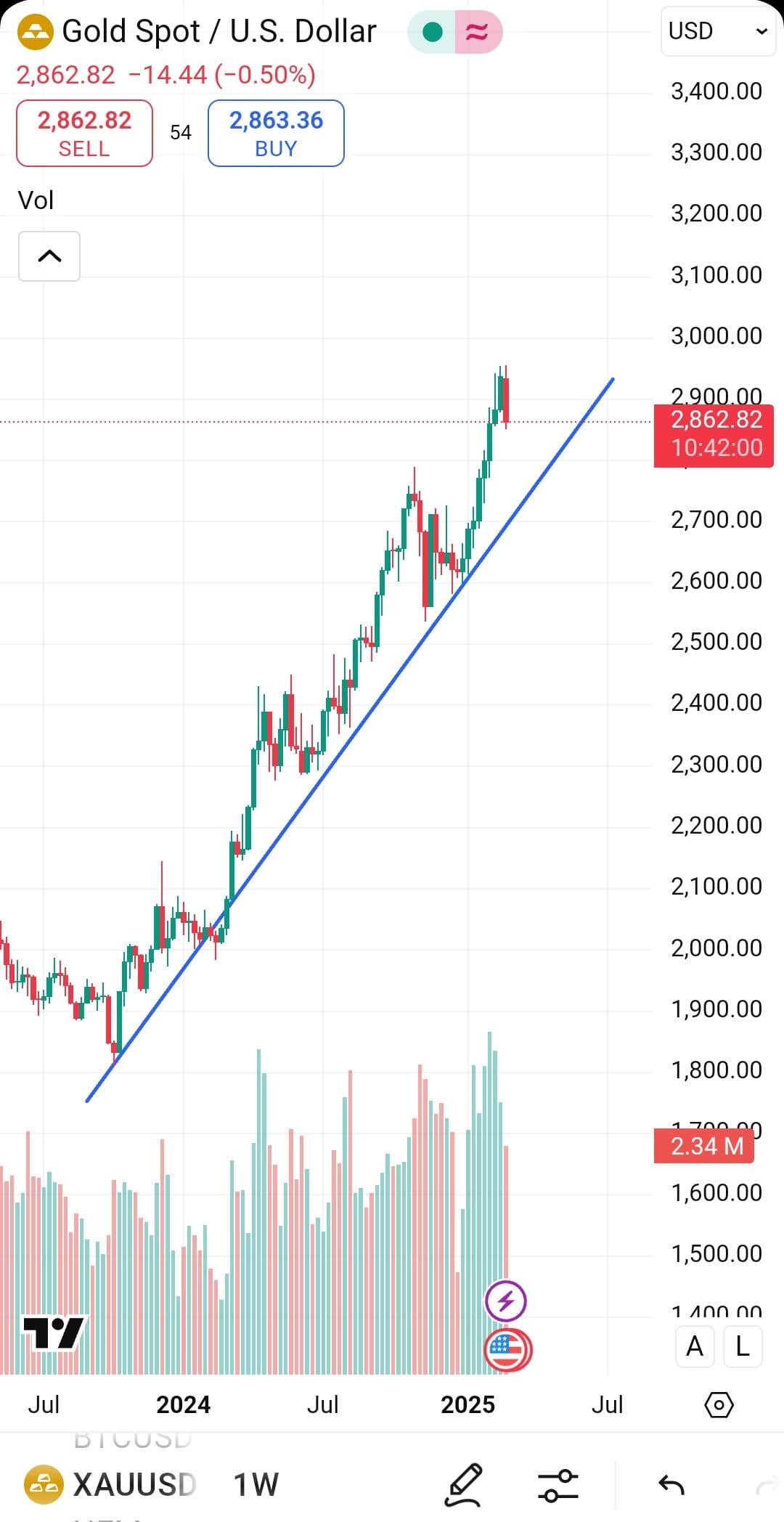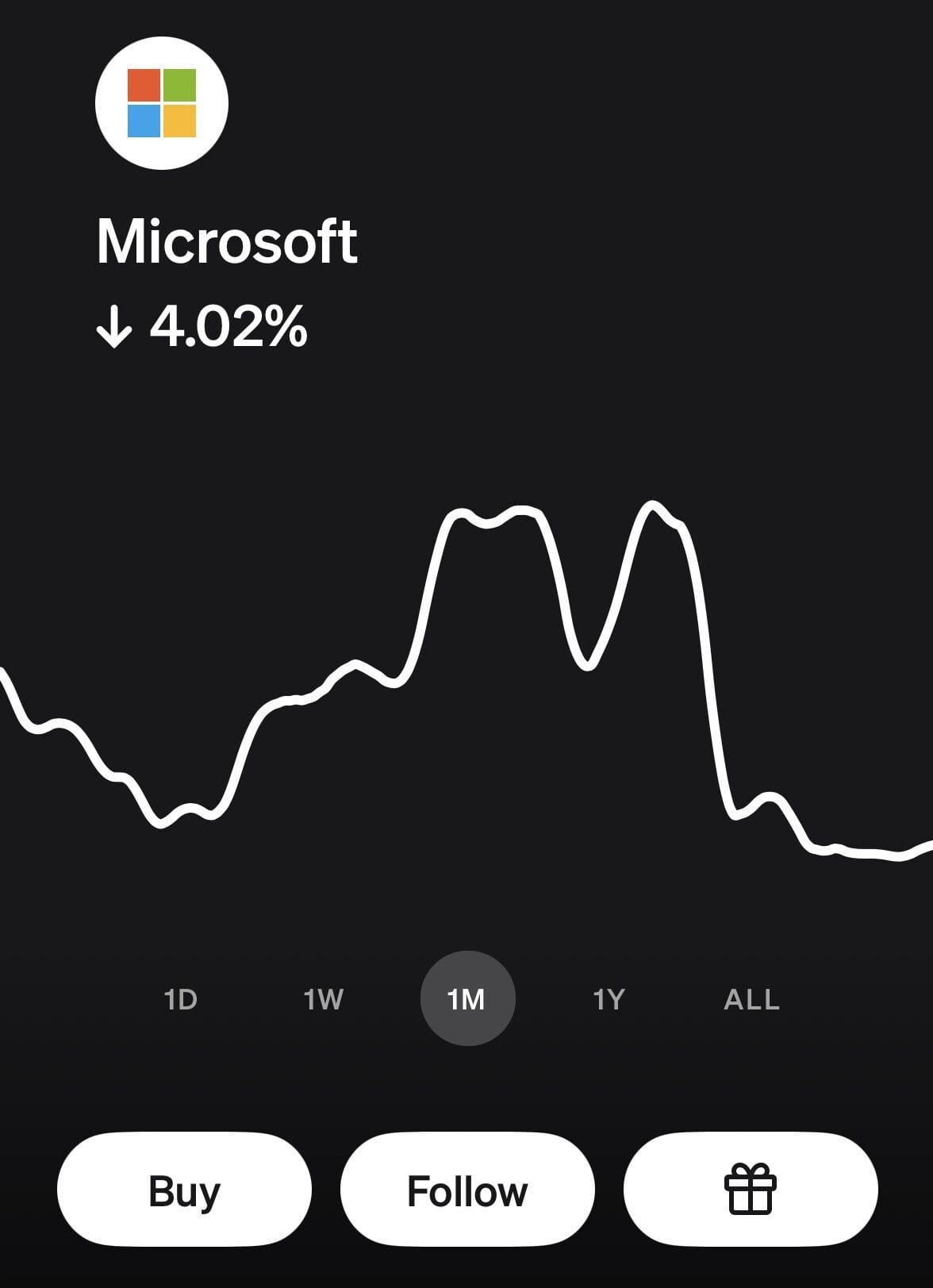Table Of Content
Questions Traders Should Ask Before Getting Started
Before jumping into stock trading, it’s important to ask yourself the right questions. Trading requires a different mindset than investing — it’s faster-paced, more hands-on, and comes with different risks.
By clarifying your goals and understanding how trading works, you’ll be in a better position to make smarter, more disciplined decisions.
-
What are my trading goals and time commitment?
Are you looking to day trade full-time, swing trade a few times a week, or just make occasional short-term moves?
For example, a day trader might aim to close all positions before the market closes each day, while a swing trader holds positions for several days to ride short-term trends.
Knowing your schedule helps you choose a style that fits your lifestyle.
-
How much risk am I really comfortable taking?
Can you stomach the stress of seeing trades swing sharply in minutes — and stick to your plan?
Let’s say you’re trading a volatile small-cap stock, and it drops 10% in a single hour. A trader with a solid risk plan might cut their loss quickly. Others might freeze or “hope” it comes back — often leading to bigger losses.
Understanding your risk tolerance is key to setting stop-loss levels and position sizes that protect your capital.
-
Do I understand how the stock market works — beyond the basics?
Trading successfully means understanding price action, volume, catalysts (like earnings or news), and technical indicators.
A new trader might jump into a breakout without realizing it’s a “fakeout” — or miss that a stock is overextended on the RSI. Without this knowledge, mistakes can pile up fast.
-
What tools or trading platform will I use?
Will you trade on a mobile app, a desktop platform, or use advanced tools like level 2 data and hotkeys?
A beginner might start with a user-friendly app like Webull or Robinhood, but as you get more serious, platforms like TradingView might offer more in-depth charting and execution tools.

-
Am I ready to actively manage trades and keep learning?
Unlike long-term investing, trading requires daily attention and constant learning. Are you ready to analyze charts, study setups, and track your results?
Some beginners try to copy others on social media without a real strategy — and that rarely ends well. Building your own system, practicing with paper trading, and reviewing your trades are part of the journey.
5 Steps to Start Trading Stocks
Getting started with stock trading can feel overwhelming at first, but breaking it down into a few clear steps makes it much more approachable.
Here’s how to begin trading — with examples, tools, and real-world insights to help you build confidence and take smart, consistent action.
1. Define Your Trading Goals and Style
Before placing your first trade, ask yourself: What kind of trader do I want to be?
Are you aiming to day trade full-time, make a few swing trades per week, or simply learn through paper trading at first? Your time availability, risk tolerance, and capital will all influence your approach.
For example, a day trader might focus on fast-moving stocks using technical indicators and real-time news. A swing trader might hold positions for several days, targeting momentum plays or earnings setups.
Start by picking one style and stick with it while you learn. Jumping between strategies too soon is a common beginner mistake.
Trading Style | Holding Period | Time Required | Typical Strategy Focus | Example Tools/Platforms |
|---|---|---|---|---|
Day Trading | Minutes to Hours | Full-time | Scalping, Momentum | Thinkorswim, Webull Desktop |
Swing Trading | 2–10 Days | Part-time | Breakouts, Trend Reversals | TradingView, Finviz |
Position Trading | Weeks to Months | Low | Technical & Fundamental Blend | Fidelity, StockCharts |
Paper Trading | No Real Money | Flexible | Strategy Testing | TD Ameritrade PaperMoney |
2. Choose a Trading Platform That Fits Your Needs
To trade, you'll need a brokerage account — but not all platforms are equally suited for active trading. Look for low-cost, user-friendly platforms that offer fast execution and solid charting tools.
Beginners often start with platforms like Webull or Robinhood, while more advanced users might gravitate toward Thinkorswim or Fidelity Active Trader Pro for deeper analysis.
Check if the platform supports features like paper trading, Level 2 data, or hotkeys — all useful as you gain experience.
Broker | Annual Fees | Best For |
|---|---|---|
Robinhood | $0 – $6.99
$0 for basic account, $6.99 for Robinhood Gold | Beginner Stock & Crypto Traders |
SoFi Invest | $0 | Automated Investing & Beginners |
eToro | $0 | Copy & Social Trading |
Wealthfront | 0.25% | Hands-Off Investors |
Webull | $0 | Active Day Traders |
Cash App Invest | $0 | Easy Stocks & Bitcoin Purchases |
Ally Invest | $0 | Mobile-Friendly Investing |

3. Learn a Simple Trading Strategy
You don’t need a complex system to start. In fact, simple is better.
Pick one basic trading strategy — like breakout trading, moving average crossovers, or support/resistance bounces — and study how it works in different market conditions.
For example, a breakout trader might wait for a stock to cross above a key resistance level on rising volume, then enter with a tight stop-loss.
Use demo accounts or paper trading tools to practice setups without risking real money.
Consistency and discipline matter more than picking the “perfect” trade.
-
Simple Trading Strategies for Beginners
Strategy | Difficulty | Key Indicators Used | Ideal Timeframe | Example Setup |
|---|---|---|---|---|
Breakout Trading | Easy | Volume, Resistance, Moving Avg | Intraday/Swing | Buy when price breaks key resistance on volume |
Moving Average Cross | Medium | 50 SMA, 200 SMA | Swing | Buy when 50 SMA crosses above 200 SMA |
RSI Reversal | Medium | RSI (14), Price Patterns | Swing | Buy when RSI dips below 30, signals oversold |
Gap-and-Go | Hard | Pre-market Gap, VWAP | Intraday | Buy morning gap-up with strong volume |
4. Start Small and Manage Your Risk
Risk management is everything in trading. Before placing any trade, decide how much you’re willing to lose — and stick to it.
New traders often risk too much on one position or skip stop-losses altogether. Instead, many pros recommend risking no more than 1–2% of your account per trade.
Let’s say your account is $1,000 — risking $10–$20 per trade keeps you in the game even after several losses.
Fractional shares and small position sizing help you get real-world experience without blowing up your account.
5. Track, Reflect, and Keep Improving
Trading is a skill — and like any skill, it improves with repetition and honest reflection.
Keep a trade journal (or use apps like TraderSync, Edgewonk, or even a simple spreadsheet) to record your setups, results, and lessons learned.
Ask yourself:
Did I follow my plan?
Was my entry/exit well-timed?
What could I do better next time?
You’ll be surprised how much you can learn from your own trades — wins and losses alike.
The Smart Investor Tips for Beginner Traders
Starting with the right mindset and habits can make a big difference in your success as a new trader. These practical tips can help you avoid beginner pitfalls and start developing real trading skills.
- Start small and focus on learning, not profits: Many new traders lose money by going in too big, too fast. Begin with a small amount of capital or even use a paper trading account (like Webull or Thinkorswim’s simulator) to test your strategy without real risk.
- Stick to one strategy at first: Rather than chasing every setup, focus on mastering one approach — like breakouts, pullbacks, or gap-and-go plays. This helps you build consistency and confidence.
- Always use a stop-loss: A stop-loss protects your account from significant damage. Even experienced traders take losses — the difference is they know exactly where they’ll exit if the trade doesn’t work. Never risk more than 1–2% of your account on a single trade.
- Track your trades and review your results: Use a journal or tools like TraderSync to log every trade. Look at your win rate, average loss vs. gain, and whether you followed your plan. Reviewing your trades helps you improve more quickly than relying solely on memory.
- Control your emotions, especially after wins or losses. Getting overconfident after a win or taking revenge after a loss are common beginner mistakes. Stay focused on the process, not short-term results.
- Avoid overtrading: Taking too many trades in a day can lead to burnout and poor decision-making. Quality setups matter more than quantity — one solid trade is better than five random ones.
- Focus on risk-to-reward, not just win rate: You don’t need to win every trade. Even with a 40% win rate, if your winners are twice as big as your losers, you can still be profitable over time.
FAQ
Start by choosing a reliable brokerage, learning one basic trading strategy, and practicing through paper trading. This builds skill and confidence without risking real money.
No, you can start small thanks to fractional shares and platforms with no minimums. Many brokers allow trades with just a few dollars.
A trading strategy is a defined method for entering and exiting trades. It helps remove emotions and increases consistency in your decisions.
Swing trading is often more beginner-friendly since it doesn’t require constant monitoring. Day trading can be intense and requires more time and experience.
Look for a platform with a clean interface, fast order execution, and strong charting tools. Some platforms also offer paper trading and educational resources, which are great for beginners.
Most traders use charting software, technical indicators, news scanners, and trading journals. These tools help identify setups and track performance.
Traders usually risk only a small portion of their account on each trade to protect against big losses. Using stop-loss orders helps manage that risk effectively.
A stop-loss is a pre-set exit point that closes your trade if the price moves against you. It limits your losses and helps you stick to your plan.
Use a paper trading account offered by many platforms to simulate real trades with fake money. This helps build experience before committing actual funds.
Prices move based on supply and demand, often influenced by news, earnings reports, analyst upgrades, or economic events. Traders often monitor these events closely.
While you can learn from others, blindly copying trades is risky. Focus on building your own system and understanding the reasoning behind every trade.
